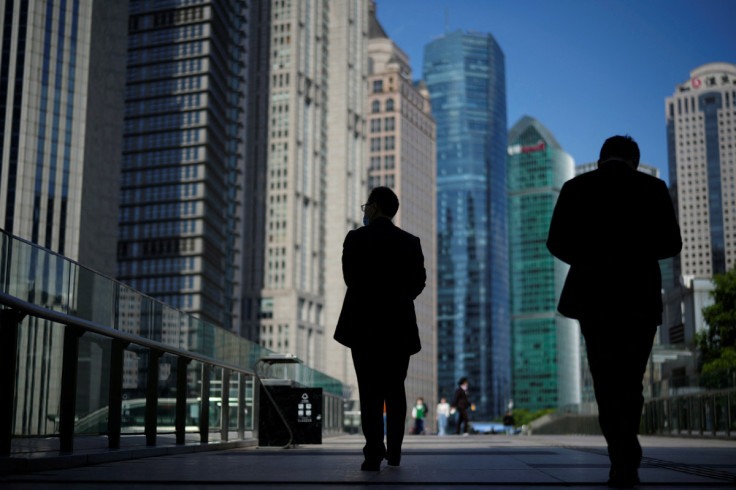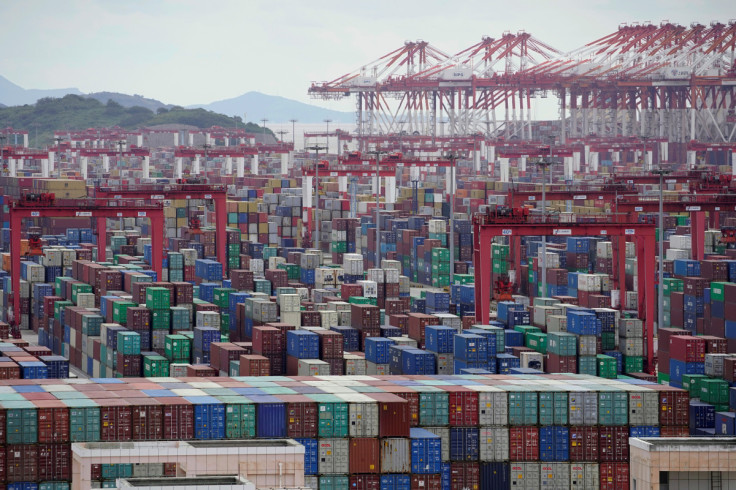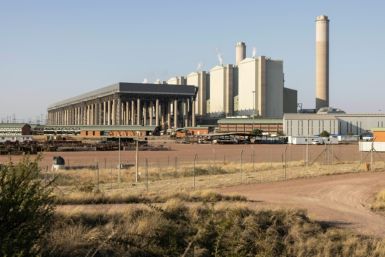China Q3 GDP Growth Rebounds At Faster Pace But Risks Loom

China's economy rebounded at a faster-than-expected pace in the third quarter, but strict COVID curbs, a deepening property crisis and global recession risks are challenging Beijing's efforts to foster a robust revival over the next year.
Gross domestic product (GDP) in the world's second-biggest economy rose 3.9% in the July-September quarter year-on-year, official data showed on Monday, above the 3.4% pace forecast in a Reuters poll of analysts, and quickening from the 0.4% pace in the second quarter.
The data was originally scheduled for release on Oct. 18 but was delayed amid a key Communist Party Congress last week, which ended with Xi Jinping securing a precedent-breaking third term as its leader.
"The Chinese economy has great resilience, potential and latitude," Xi told reporters on Sunday as he unveiled the top leadership team of the Communist Party for the next five years.
"Its strong fundamentals will not change, and it will remain on a positive trajectory over the long run."
The economy was buoyed by the manufacturing sector, with separate data showing industrial output in September rose 6.3% from a year earlier, beating expectations for a 4.5% gain and 4.2% in August.
Chinese stocks tumbled on Monday and the yuan weakened as investors focused on the country's new governing body membership, which was stacked with loyalist to Xi, heightening fears he will double down on ideology-driven policies at the cost of economic growth.
Despite the rebound, the economy faces challenges on multiple fronts at home and abroad. China's zero-COVID strategy and strife in its key property sector have exacerbated the external pressure from the Ukraine crisis and a global slowdown due to interest rate hikes to curb red-hot inflation.
A Reuters poll forecast China's growth to slow to 3.2% in 2022, far below the official target of around 5.5%, marking one of the worst performances in almost half a century.
TRADE PAIN
In signs of continued strain, exports grew 5.7% from a year earlier in September, beating expectations but coming in at the slowest pace since April. Imports rose a feeble 0.3%, undershooting estimates for 1.0% growth.
Retail sales grew 2.5%, missing forecasts for a 3.3% increase and easing from August's 5.4% pace, underlining still fragile domestic demand.
The surveyed urban jobless rate nudged up to 5.5% in September, the highest since June, with the unemployment rate for job seekers between the ages of 16 and 24 at 17.9%.
More crucially, month-on-month new homes prices fell for the second straight month in September, reflecting the continued homebuyer aversion in the economically vital sector as indebted developers raced to pool resources and deliver projects on time.
Policymakers had rolled out over 50 economic support measures since late May, seeking to bolster the economy to ease job pressures, even through they have played down the importance of hitting the growth target, which was set in March.
New bank lending in China nearly doubled in September from the previous month and far exceeded expectations, thanks to central bank efforts to revive the economy.
"On the policy front, the overall policy will remain supportive," said Hao Zhou, chief economist at Guotai Junan International.
"In our view, further policy impetus is required to buoy economic recovery, but additional interest rate cuts are unlikely during a period of aggressive global central bank rate hikes."

© Copyright Thomson Reuters 2025. All rights reserved.





















